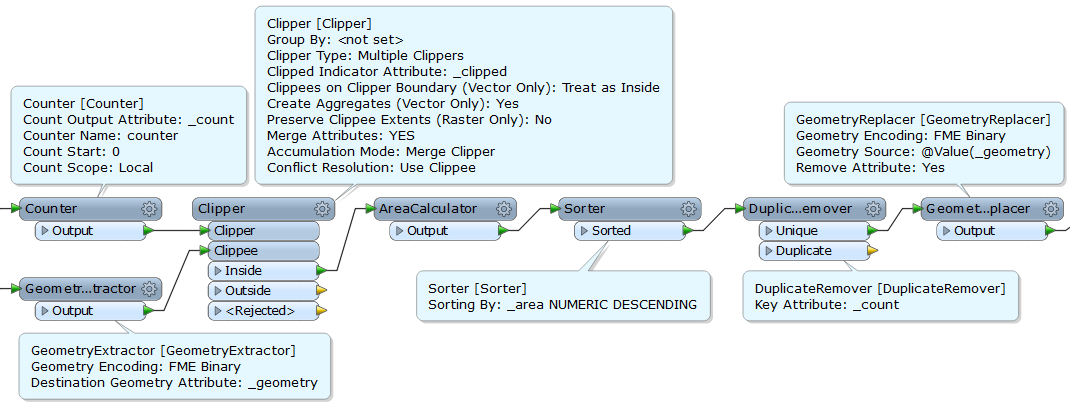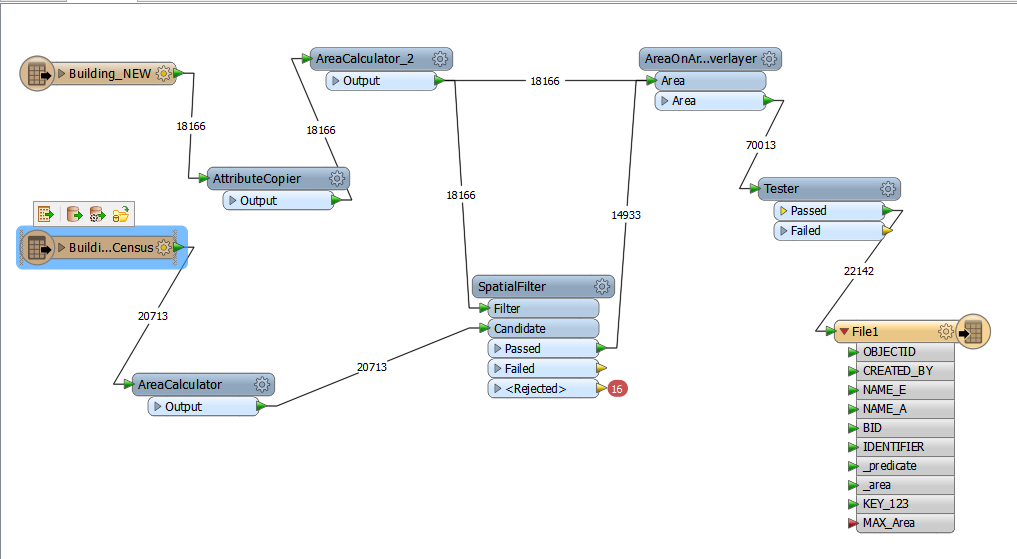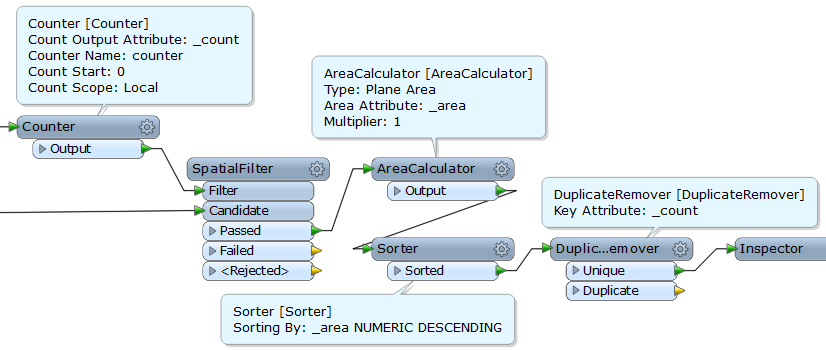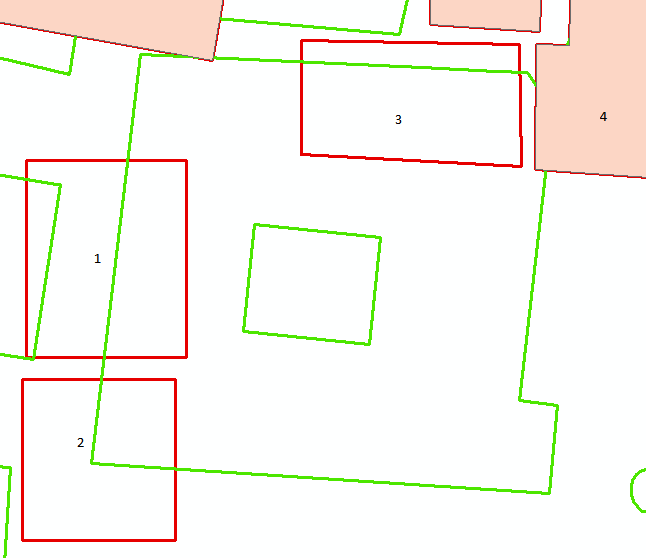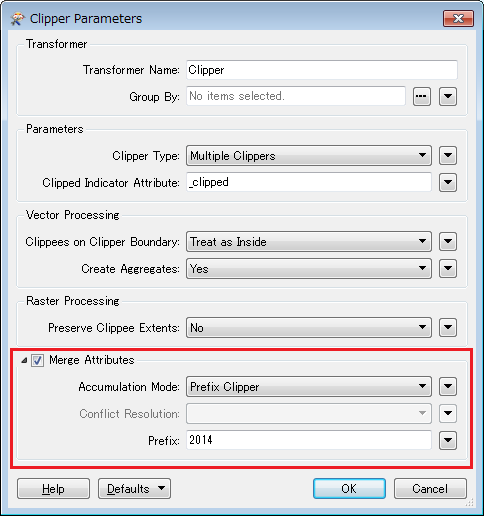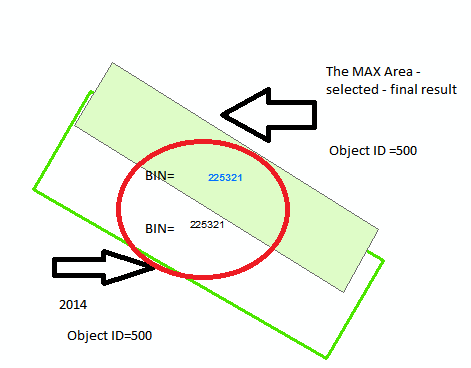I have two polygon shapfile one capture in 2010 from sat image and the other one capture after 2014 from aerial photo the idea is some time more than one polygon fill or intersect with 2014 polygon so my target is to select the polygon from 2010 intersect with polygon 2014 with max area only (that mean select one polygon ) polygon with the max area , see the picture and you will know what I am talking about ... the system will calculate the area and select the polygon with max area (for example the below pic show the polygon number 3 because it has the max area , ....
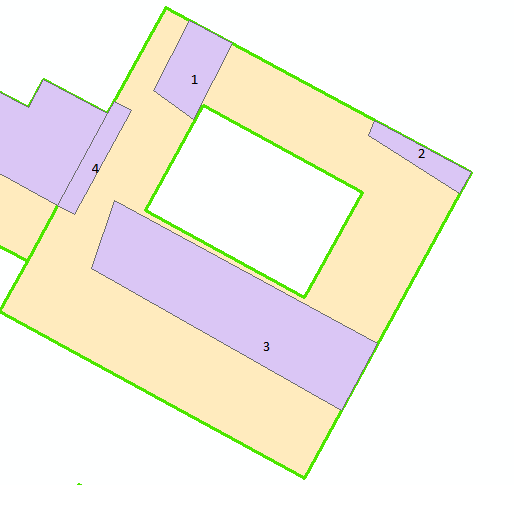
Thanks
Eng.Najd Hanahnah

